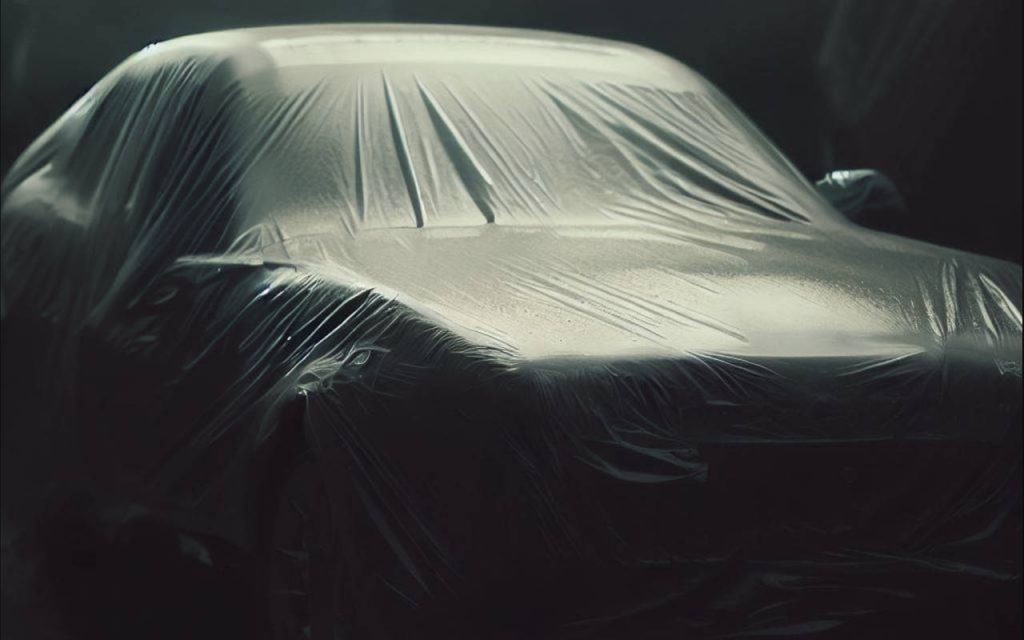One of the best features of polythene is that it is heat sealable. That doesn’t sound like a big deal – we all know that plastics can melt – but polythene has a melting point much lower than its rivals, and this gives it a ton of advantages.
One of these is fast, efficient heat sealing. Heat sealable polythene becomes workable at far lower temperatures than other plastics. This means lower power consumption and higher safety than other materials.
Read more about sealing polythene.
Low energy welding means electricity can be used to weld polythene together, instead of gas torches or combustibles. And that in turn means no noxious gases or chemical vapours are produced. Off the shelf heat sealers can be sourced easily, and can be used to cut and seal in one operation, which speeds up manual packaging operations. Heat sealers can be used to form packaging with polythene LFT, centrefold sheeting, single wound polythene sheeting – and can even be used to seal premade polythene bags.
Naturally, heat sealable polythene finds most of its uses in packaging. But it can be used for more than just sealing and cutting.
We’re talking about polythene welding – an industrial process of using heat to weld two pieces of polythene together. Polythene welding is commonly associated with MDPE piping, which can be welded into continuous sections for better performance with fewer mechanical joints. But it also happens with LDPE sheeting, to create very large sections of sheeting, continuous sections of layflat tubing, or to form super strong gusseted bags.

Polythene welding
Polythene is a pretty easy material to weld, thanks to its physical properties. Heat guns, modified sealers and induction welders can all be used to make professional-grade welds.
Technically, all polythene is heat sealable polythene – but there are limits, and some rules to follow.
You can weld LDPE, MDPE and HDPE to themselves, no problem. But you can only weld low densities to high. This means you can weld LDPE to MDPE, or MDPE to HDPE – but not vice versa. So, a lower density of polythene can be welded to a higher density of polythene, or to itself, but not the other way around.
The reason is pretty simple; the higher the density of polythene, the higher temperatures it can withstand. To effectively weld MDPE onto LDPE, you’d have to go beyond the thermal capability of the LDPE – ruining the material.
As long as the densities are matched or compatible, then polythene welding is quite a straightforward process.
Rigid sections can be coupled with a welding rod – like a sacrificial piece that gets melted into a channel, and bonds the two sections together. But films and sheets can generally be coupled with controlled heat alone.
So, what applications would you need to weld heat sealable polythene for?
Applications for polythene welding with heat sealable polythene
NPF Packaging can supply polythene sheeting and layflat tubing in sections up to 9.6 metres wide. That’s not exactly small, but it’s not always big enough for everything that needs to be encased in polythene – and some bespoke packaging will need to be welded together to create larger sections of material.
Also, bottom gusseted polythene bags require welds in strategic areas to form their load bearing and volume-enhancing shape.
Beyond packaging, polythene welding is extremely important in construction.
In the construction industry, damp proof membranes are now commonly made from polythene for construction. Creating the exact dimensions for a membrane will at times require welding sections together to provide proper coverage and ensure the membrane performs as one piece.
In farming, mulching and irrigation systems can employ polythene sheeting as grow bags. Black polythene warms the soil, and helps control weeds. IT also minimises water use and prevents nutrients from leaching away. Sheets can be welded together to create seamless continuity between polythene film rolls, minimising wastage and environmental impact.
Heat sealable polythene, made to spec
Get bespoke packaging – made with heat sealable polythene. Choose a custom blend, brand colours and printing, plus performance-enhancing additives.
Get a quote now, or call us on 01773 820415.


